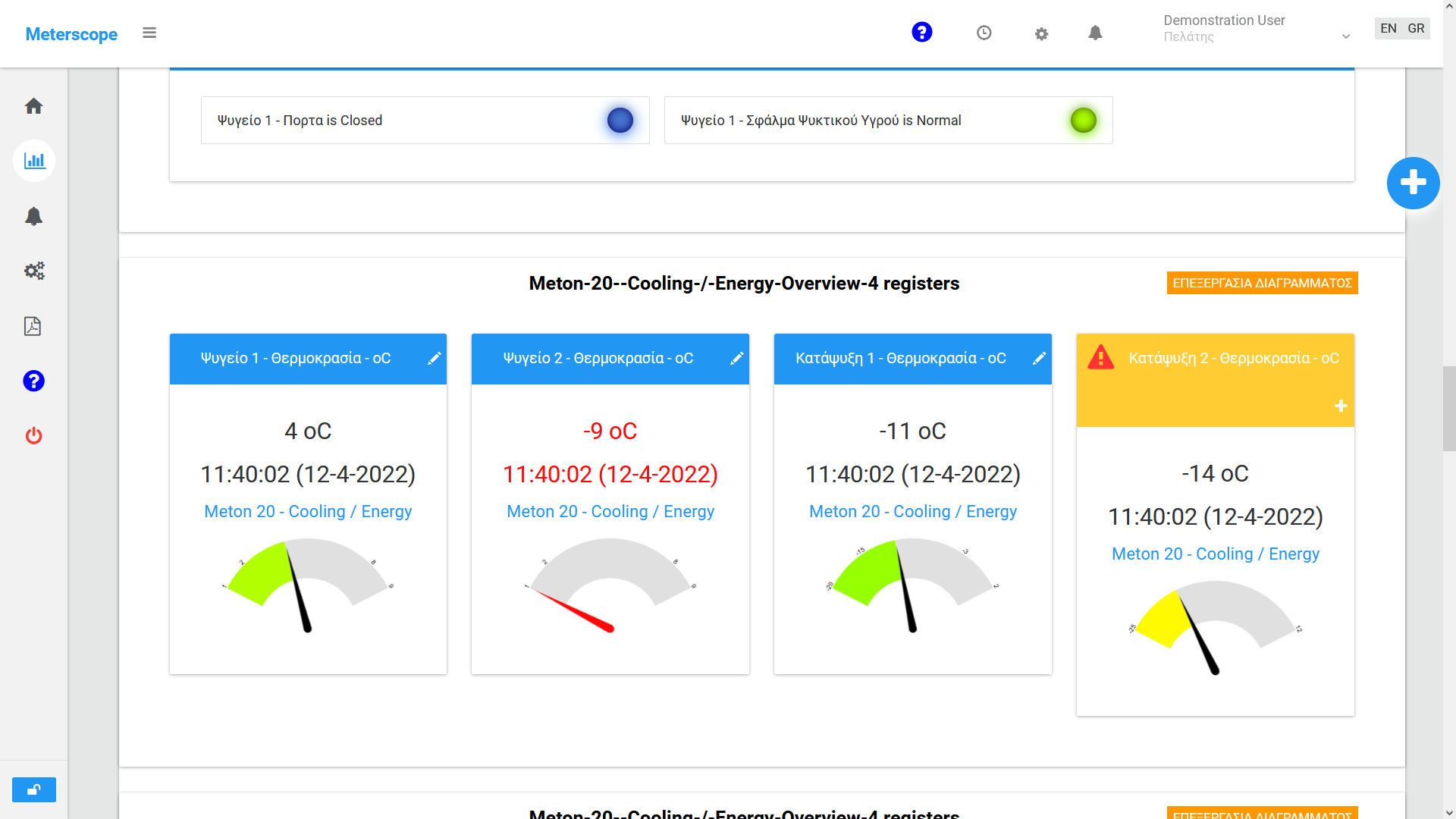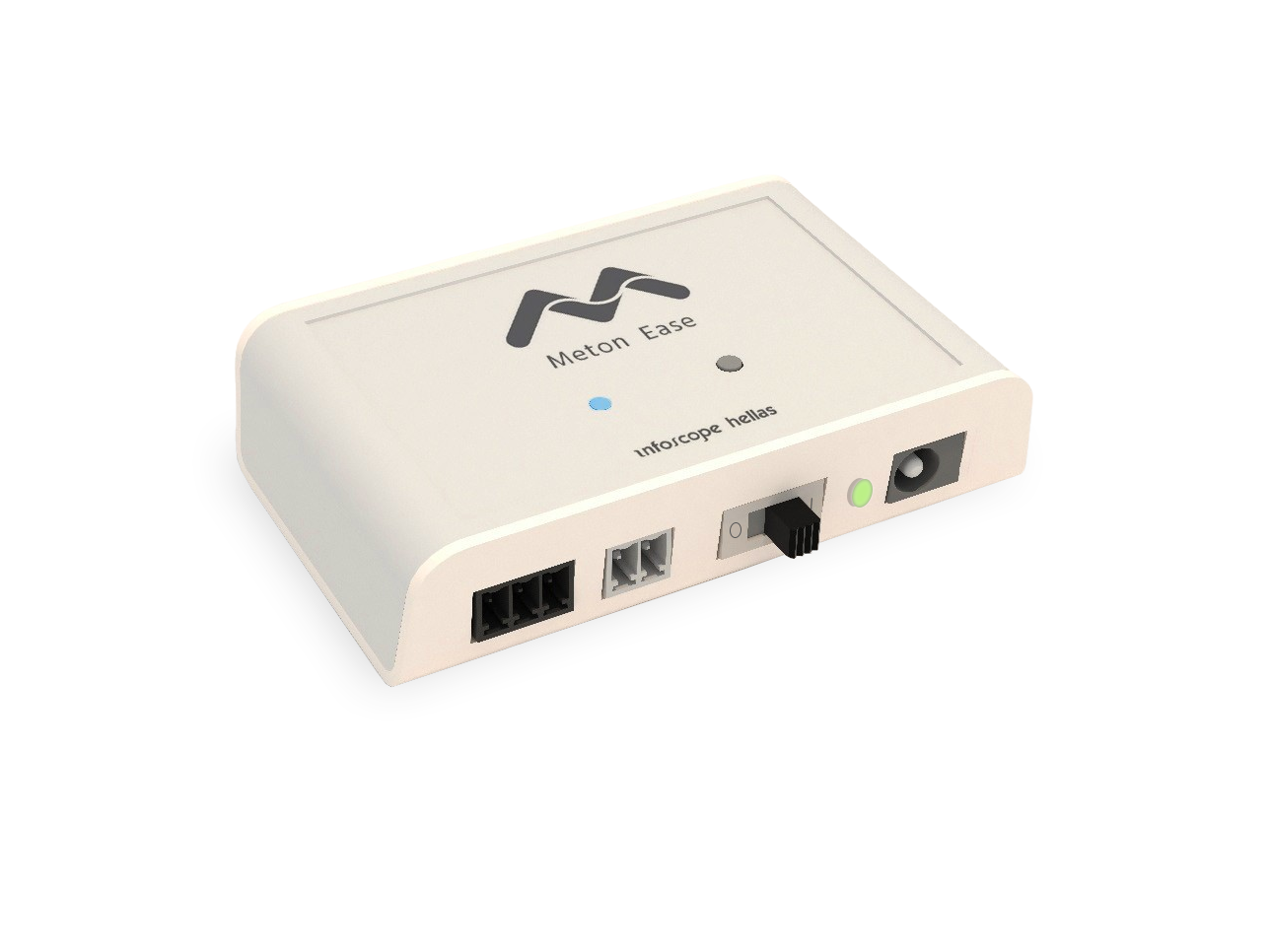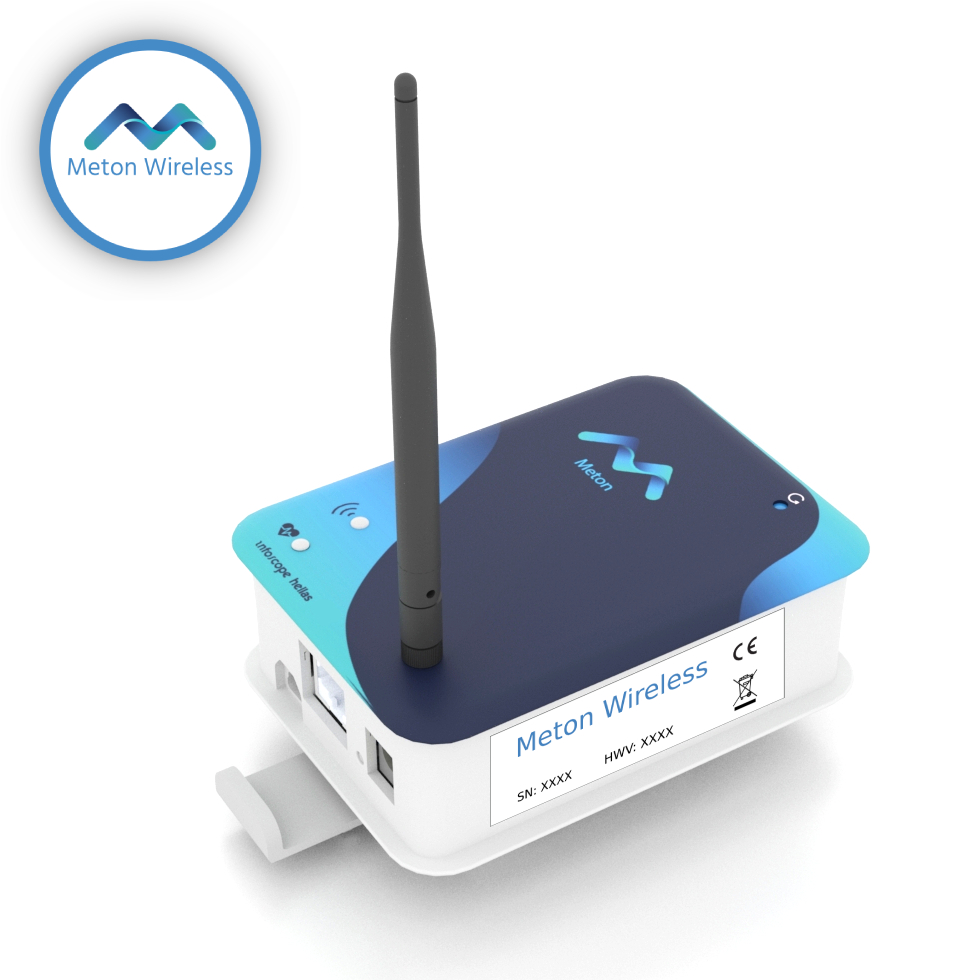Web Accessibility
 As from January 2010, all new EUROPA websites have to be created in compliancy with the Web Content Accessibility Guidelines 2.0, level AA. As from January 2010, all new EUROPA websites have to be created in compliancy with the Web Content Accessibility Guidelines 2.0, level AA.Advice on how to meet the standard is detailed in these pages.
|
Web accessibility aims at enabling all users to have equal access to information and functionalities on the web. More specifically, Web accessibility means that people with all abilities and disabilities can perceive, understand, navigate, and interact with the Web.
According to the UN Convention on the Rights of Persons with Disabilities that has been signed by the European Union, persons with disabilities include those who have long-term physical, mental, intellectual or sensory impairments which in interaction with various barriers may hinder their full and effective participation in society on an equal basis with others.
Internet users can experience problems when using the web because of different kinds of disabilities, functional limitations, environmental factors or technology matters:
-
persons with disabilities: visual, auditory, physical, cognitive
-
older persons, low literacy, others
-
technology-related limitations or incompatibility: browsers, platforms, devices, mobile web
-
environmental factors: place, illumination, noise, slow connection
Persons with disability in Europe are a significant group:
- 10% to 15% of the total population
- 50 to 75 million people in EU27
- There is a strong correlation between disability and ageing => numbers increase with demographic change.
Source: Labour Force Survey (European Commission-Eurostat, 2002)
Why Web Accessibility is important
The Web is an increasingly important resource in many aspects of life: education, employment, government, commerce, health care, recreation, access to information and more. It is essential that the Web is accessible in order to provide equal access and equal opportunity to persons with disabilities. An accessible Web can also help people with disabilities more actively participate in society.
The Commission is committed to make Websites as accessible as possible to the largest possible number of users including those with visual, auditory, cognitive or physical disabilities, and those not having the latest technologies. The Commission must take a lead in providing an example of good practice in Web accessibility and accomplish its legal obligations.
As a public service, EUROPA is addressed to all citizens of the European Union. It is important to ensure that it is accessible to all audiences and complies with the standards for accessible web design.
In addition to making information easier to access and thereby increasing the site’s potential customer/client base, benefits of Accessible Web design include:
- Improved usability for all visitors. Consistent navigation makes it easier to find desired content quickly.
- Clear navigation and clear content supports people with and "without" disabilities: older, low literacy levels, low bandwidth, etc.
- Providing text equivalents (e.g., ALT attributes and captioning), table summaries, structured mark-ups and metadata improves search engine optimisation (SEO).
Use on EUROPA websites
- In case of justified technical or practical reasons for not complying with WCAG 2.0, level AA guidelines, the exceptions should be explained in an accessibility page.
- Existing sites could gradually be improved to conform with the new guidelines if resources are available.
- EUROPA pages should be designed to work with a wide variety of browsers, devices, operating systems and monitor colour-depths and resolutions.
- Websites should be developed according to the standards set down by the World Wide Web Consortium and be compliant with HTML 4.01 Transitional and Cascading Style Sheets CSS2.1.
-
When creating a new website:
- During the content definition phase of the site and the creation of the prototype phase, the WCAG 2.0 AA must be taken into account.
- During the life of the website, on each update, ensure that web accessibility rules are followed.
- When updating existing content, ensure that as far as possible it conforms to the guidelines. If this is not possible, explain why in an accessibility page.
- Websites that comply with 2.0, level AA guidelines, can insert the compliance logo.
The Commission has adopted the Web Content Accessibility Guidelines (WCAG) 2.0, compliance level AA, as objective to attain for websites published on EUROPA from January 2010 on.
Until 2009, the standard followed for web accessibility of EUROPA websites has been the Web Content Accessibility Guidelines 1.0 (WCAG), level A (priority 1). Most websites that conform to WCAG 1.0 will not require significant changes in order to conform to WCAG 2.0, and some may not need any changes.
Some top level EUROPA sites already meet the terms of WCAG 2.0 AA level of compliance, and the European Commission continues to move forward achieving conformity for a great deal of its existing sites.
However, in spite of continuous efforts to monitor accessibility, full "level AA" compliance cannot be guaranteed at all times. In case of justified technical or practical reasons for not complying with these guidelines, the Commission will explain the exceptions in an accessibility page.








